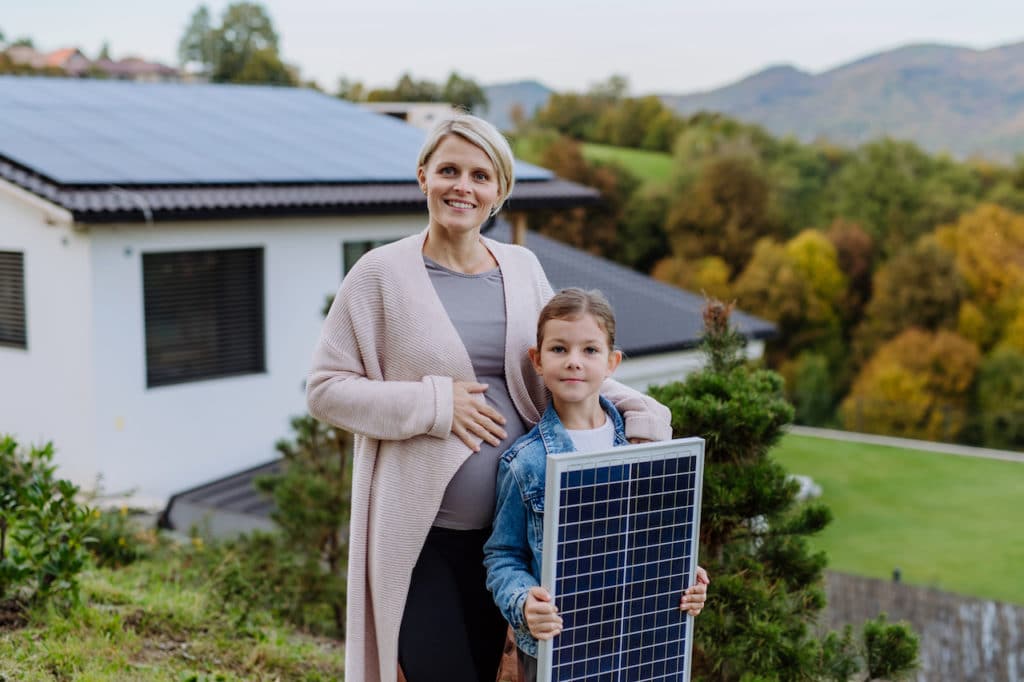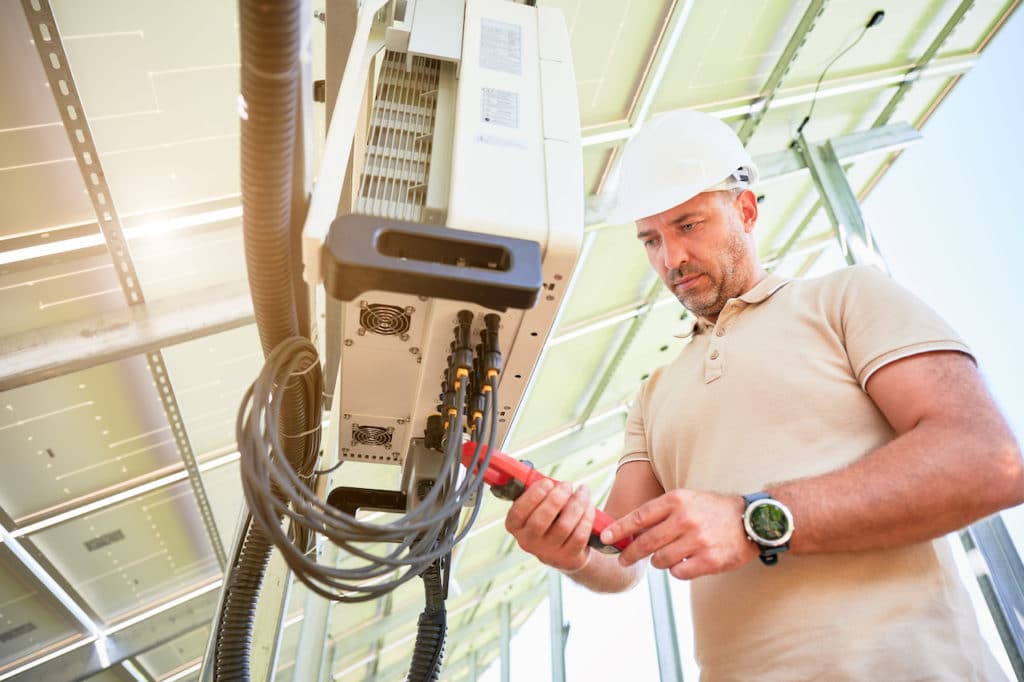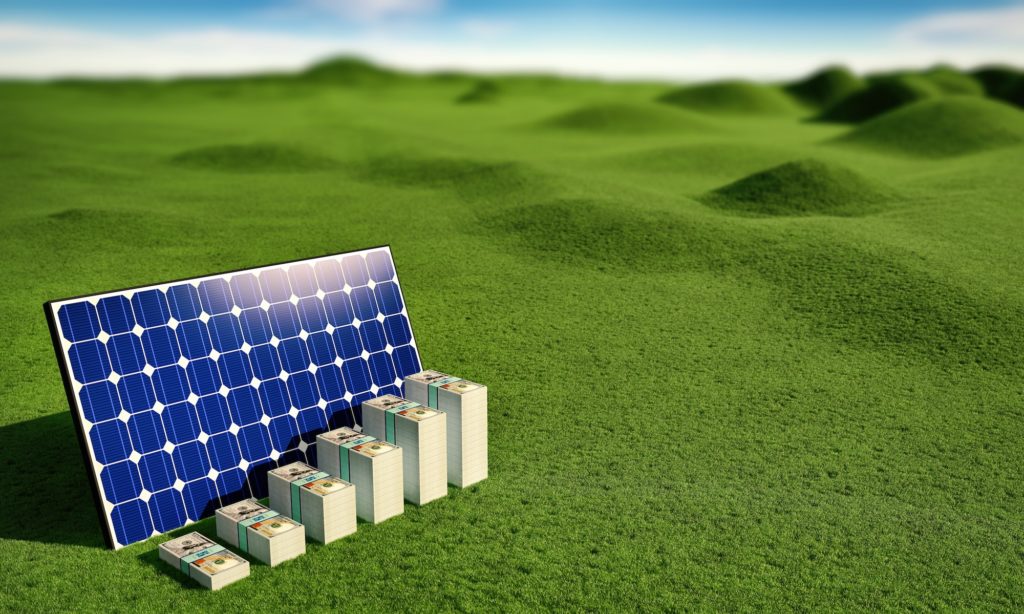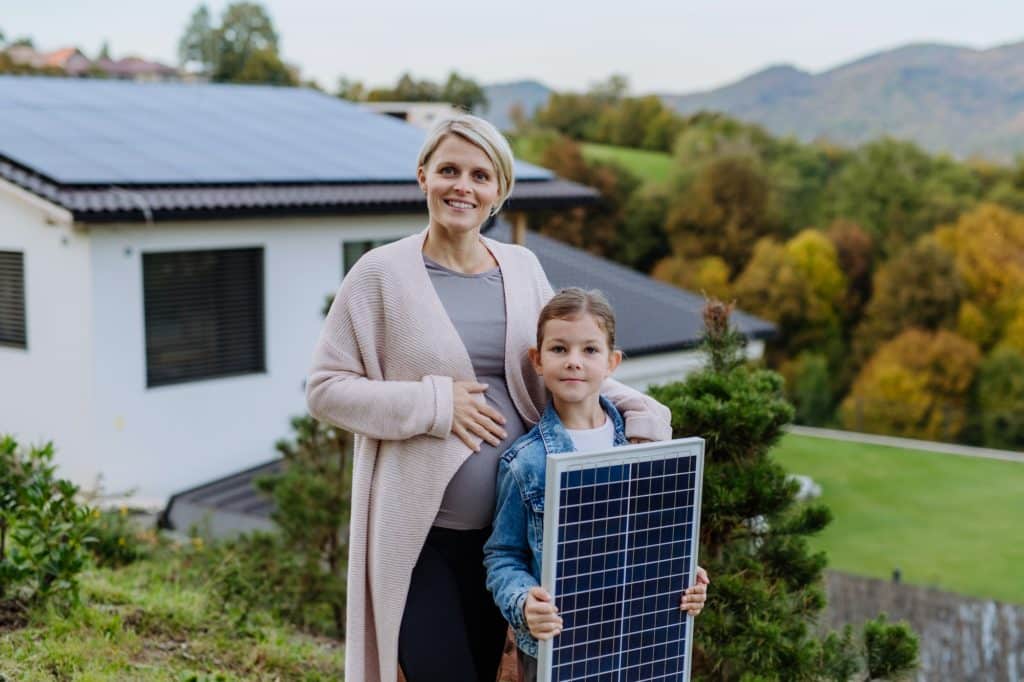Are you considering switching to solar power? If so, you must have heard about solar inverters.
Solar inverters are the most important components of your solar power system and are responsible for converting the DC electricity produced by your solar panels into AC electricity that can be used in your home. It’s likely you have no idea what this means; but that’s okay as this blog is going to walk through everything you need to know about solar inverters, including what they are, how they work and why they are essential to your solar power system.
Whether you’re already a solar power system owner or just considering it, this post will help you understand the heart of your solar power system. If you are looking to invest in an efficient solar system or have any questions about the right system for you home, get in touch with our solar energy specialists at Solahart.
What is a solar inverter?
A solar inverter is an essential component of a solar energy system. It converts the Direct Current (DC) electricity produced by solar panels into Alternating Current (AC) electricity so it can be used in your home.
To explain what a solar inverter does very simply, it’s what takes the type of energy a solar panel creates and changes it so it can be used in your home. Without it, your solar panel will not work.
The inverter is responsible for ensuring the energy produced by your solar panels is usable by your home’s electrical system. The efficiency of the inverter is important because it impacts the overall efficiency of your solar panels and ensures you have enough energy to power your home.
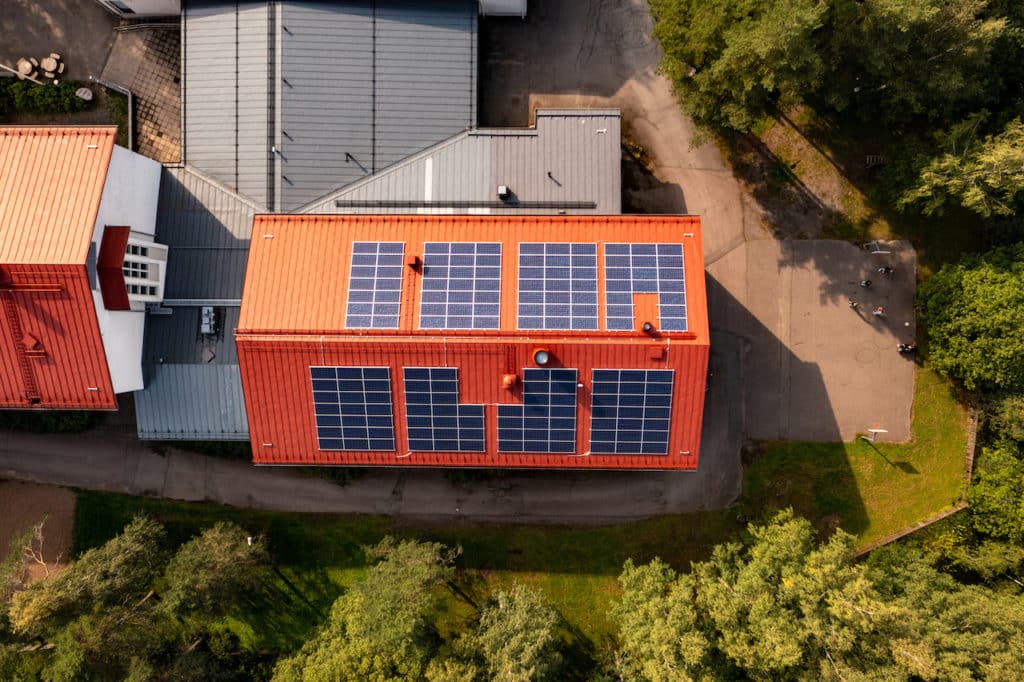
How Solar Inverters Work
The most common type of solar inverter used in homes is the string inverter. String inverters are installed on the wall or an outdoor location near your solar panels. They are connected to your solar panels in strings or series, meaning that all the panels in one string are connected together and are the same voltage.
String inverters convert the DC electricity produced by your solar panels into AC electricity, which is then sent to your home for use. When there is not enough sunlight to produce electricity, your solar inverter will automatically switch back to grid electricity to keep your home powered.
Types of Solar Inverters
There are four main types of solar inverters in Australia:
- String inverters, which are the most common.
- Hybrid inverters, which can be used in conjunction with a battery storage system.
- Micro inverters, which are installed on each panel to convert energy.
- Power optimisers, which are also installed on each solar panel and optimise the power output.
Why You Need a Solar Inverter
Solar inverters are the heart of your solar power system and play a crucial role in ensuring your solar panels produce the maximum amount of electricity possible. Without a solar inverter, the electricity produced by your solar panels cannot be used in your home. They are the most important aspect of your solar power system for monitoring and troubleshooting. Solar inverters will monitor the performance of your solar panels, track energy production and detect any issues or problems before they become bigger problems.
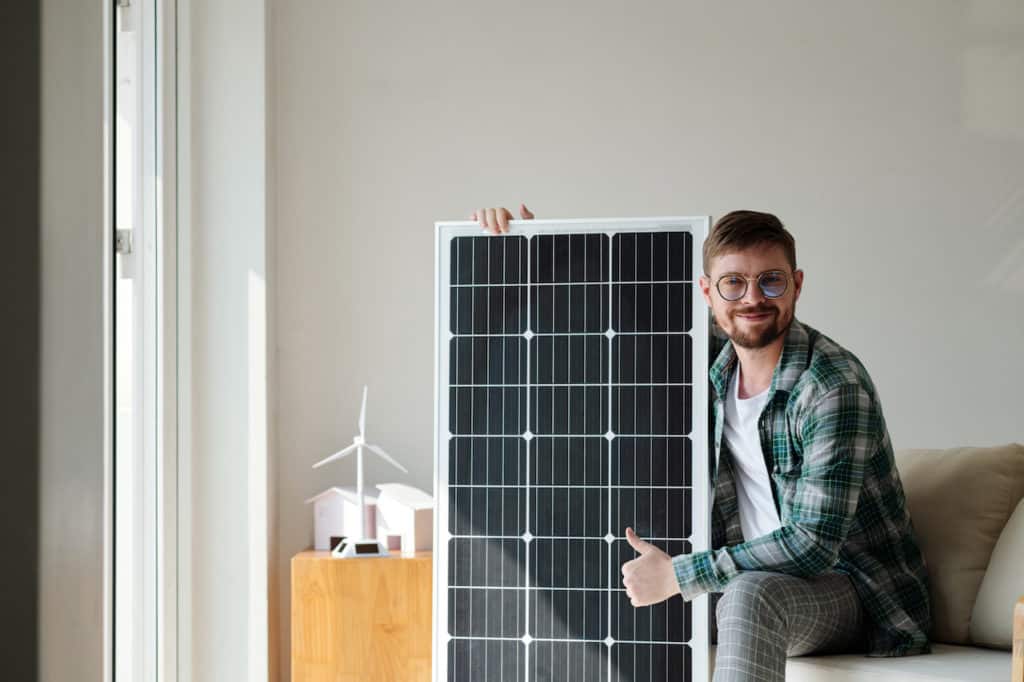
Frequently Asked Questions About Solar Inverters
What is the optimal solar inverter size for my solar power system?
The optimal solar inverter size for your solar power system depends on the size of your solar array. As a general rule of thumb, the size of your inverter should be similar to the DC rating of your solar panel system.
The Clean Energy Council’s guidelines recommend inverters should be rated at no less than 75% of panel capacity. Under the Clean Energy Council rules for accredited installers, the solar panel capacity can only exceed the inverter capacity by 33%. Oversizing the solar array maximises efficiency, and a 5kW inverter is typical for a 6.6kW solar system
How does the efficiency of the inverter affect the efficiency of a solar panel system?
The efficiency of a solar inverter affects the efficiency of a solar panel system in Australia because inverters convert Direct Current (DC) produced by solar panels into Alternating Current (AC) used by the electric grid. So, yes, the efficiency of the inverter does drive the efficiency of a solar panel system.
Your inverter’s ability to efficiently convert DC electricity to AC electricity differs as the power input from the system’s solar panels goes up and down. As long as the input from the panels falls within the range of the window, the inverter can be considered to be operating optimally. The efficiency of an inverter indicates how much DC power is converted to AC power.
What is the difference between a smart and traditional inverter?
The difference between a smart and traditional inverter in Australia is that a smart inverter can communicate with the grid and adjust its output to maintain grid stability. Smart inverters can also smooth out voltage fluctuations and provide real-time data on energy production and consumption. On the other hand, traditional inverters do not have these capabilities and simply convert DC power from solar panels into AC power for use in the home. Smart inverters are more efficient and can help to improve the stability of the grid, making them a popular choice for solar panel systems in Australia.

